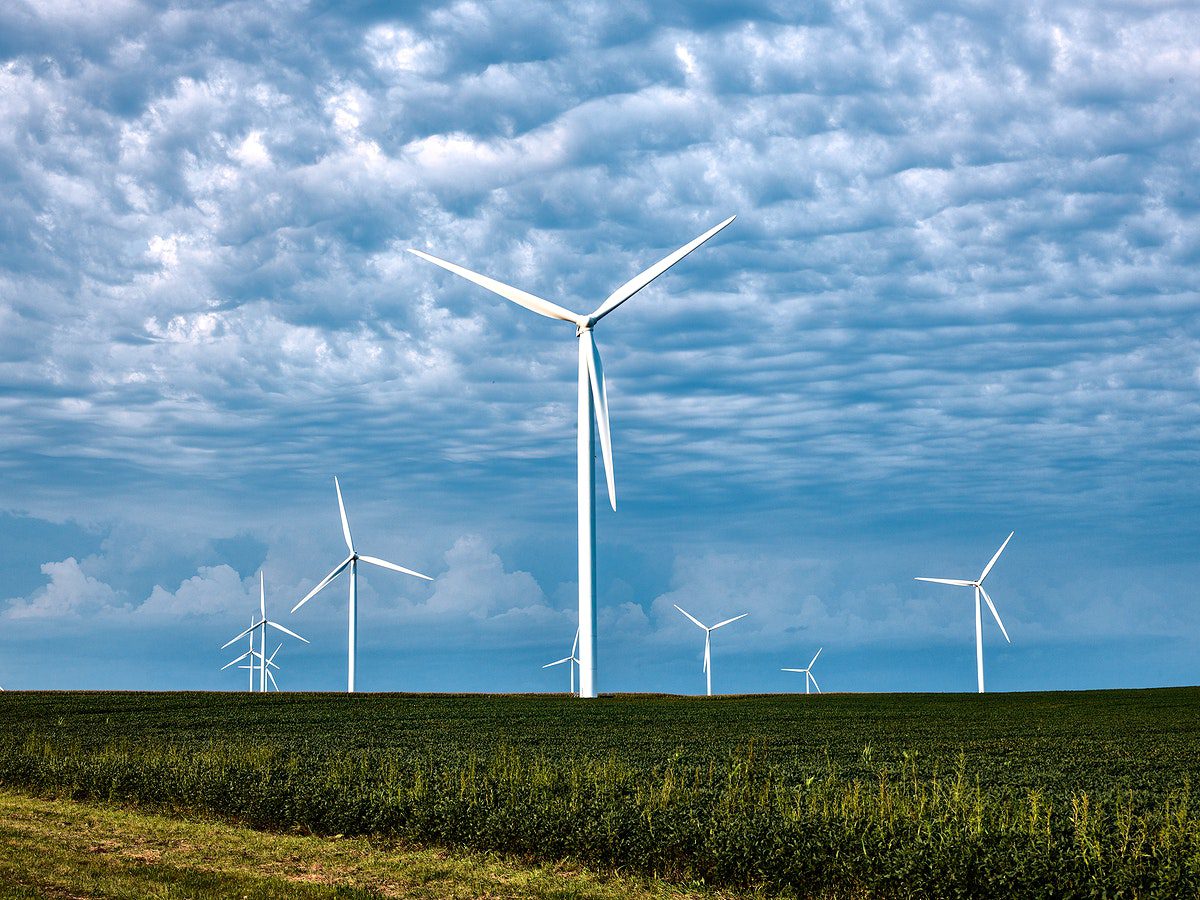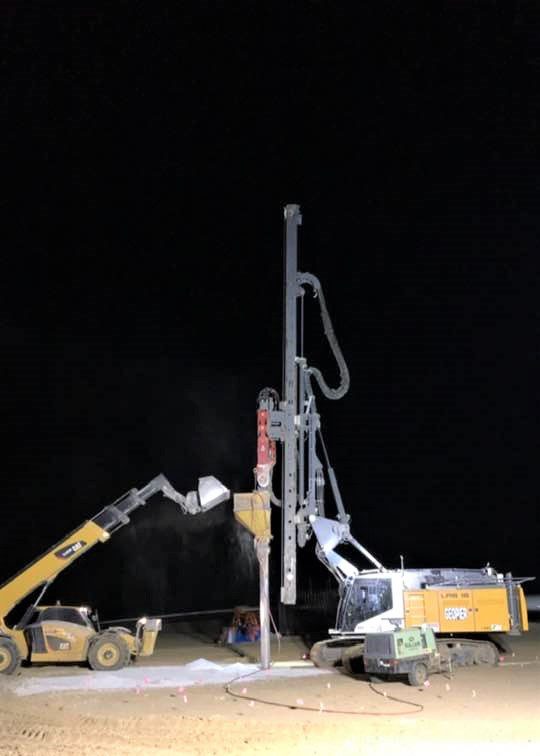THUNDERHEAD WIND PROJECT, Nebraska

Thunderhead Wind Project
PROJECT CHALLENGES:
- Work spread out over 90 acres
- Loose sand, soft clay
SOLUTION ADVANTAGES:
- PCI mobilized 6 crews for an on-schedule delivery
- Design met all project criteria for wind turbines
THUNDERHEAD WIND PROJECT
Project Description
The Thunderhead Wind Project in Antelope and Wheeler Counties in Nebraska required the construction of 34 wind turbine towers over a 90-square-mile area. The proposed wind towers are founded on octagonal footings with 53 feet (GE 2.3-116 turbine) or 56 feet (GE 2.8-127 turbine) widths located at an assumed depth of 9 to 9.5 feet below existing grade.
The soil conditions across the vast site consist of loose to medium dense sand (Aeolian Sand Dunes) underlain by soft to stiff clay (Peoria Loess) followed by dense to very dense sand (Ogallala Formation). Groundwater was generally encountered at the bottom of the turbine foundation elevation.
The project team requested a Rammed Aggregate Pier® (RAP) solution to save construction costs. PCI partnered with Ground Improvement Engineering to deliver this design-build ground improvement solution for the wind turbines. The design and installation of RAP elements allowed for an increase in design foundation bearing pressure, which reduced the overall costs of the concrete, steel, and excavation.
PCI mobilized 6 crews to install ground improvement at all the turbine locations as required by the construction schedule. Almost 2200 Geopier Impact® Rammed Aggregate piers were installed across the vast site.
Three full-scale field load tests were performed to verify the in-situ behavior of the RAPs in accordance with ASTM D1143. Telltales installed at the bottom of the pier indicated negligible deflection at 100 percent of the design stress, indicating that little if any stress was transferred to the bottom of the element.

